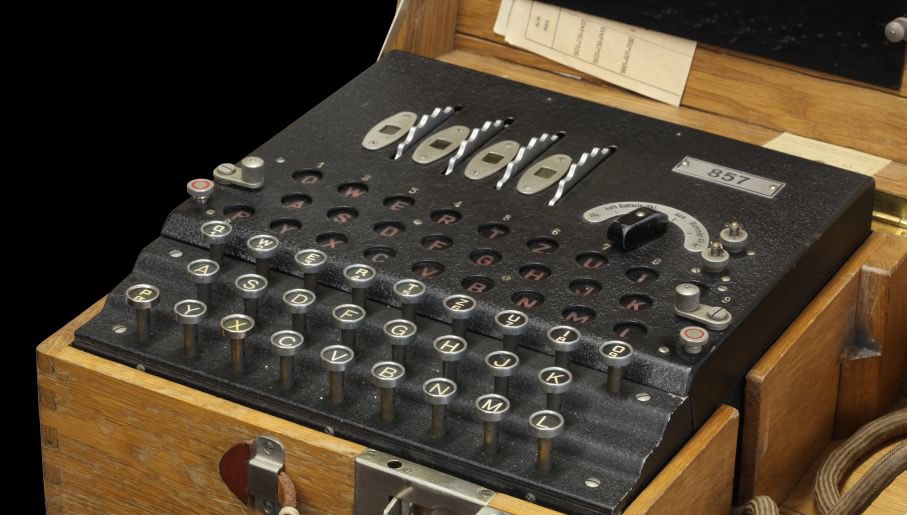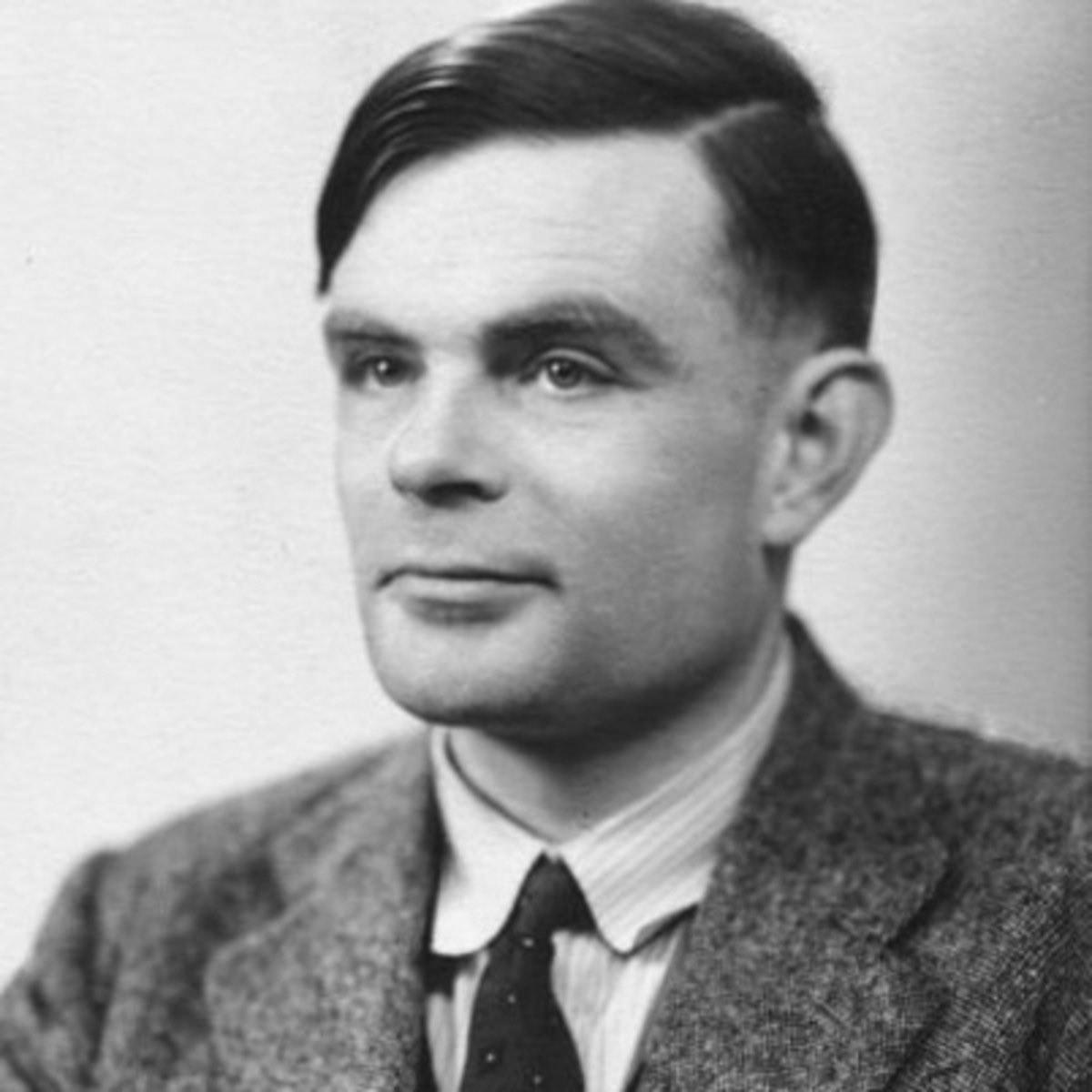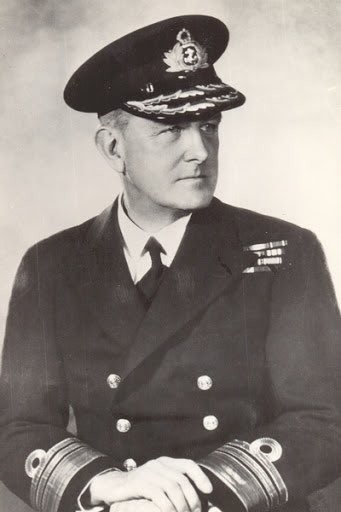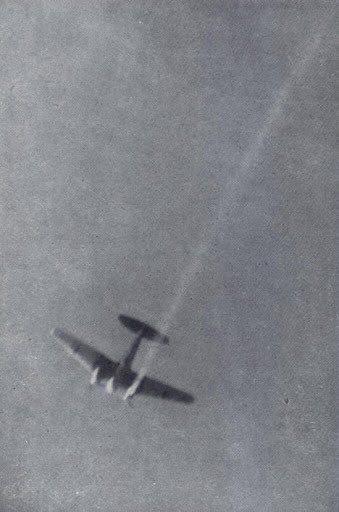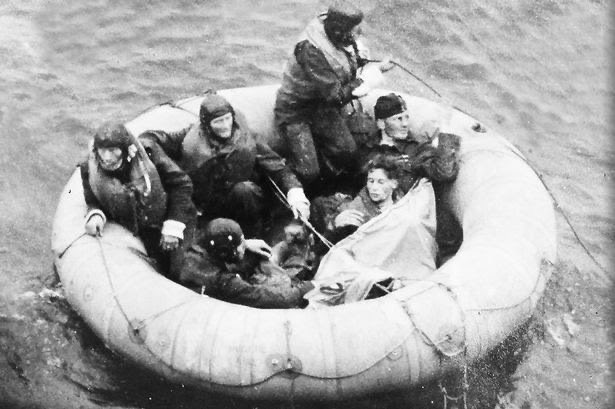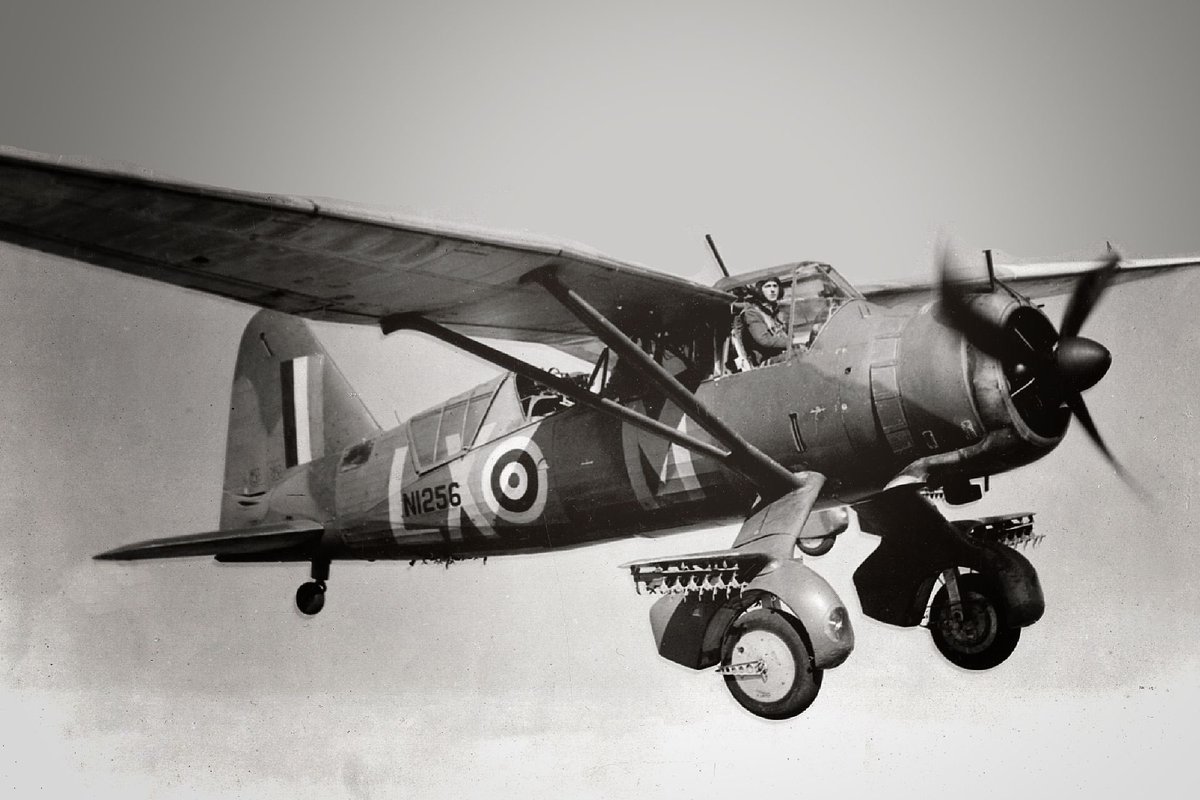The Commandos of the Second World War brought a new type of capability and would be used for many Operations such as Chariot, Jubilee and Overlord, just to name three well known actions. ( https://abs.twimg.com/emoji/v2/... draggable="false" alt="📸" title="Camera with flash" aria-label="Emoji: Camera with flash">- No. 4 Commando during Op Overlord, linking up at Benoville with the 6AB.)
https://abs.twimg.com/emoji/v2/... draggable="false" alt="📸" title="Camera with flash" aria-label="Emoji: Camera with flash">- No. 4 Commando during Op Overlord, linking up at Benoville with the 6AB.)
With the Commandos being formed days after the fall of France, Churchill’s concept of a butcher and bolt approach would be trailed over early operations, with many of these having none or little impact. ( https://abs.twimg.com/emoji/v2/... draggable="false" alt="📸" title="Camera with flash" aria-label="Emoji: Camera with flash">- Commandos after Op Abercrombie, April ‘42)
https://abs.twimg.com/emoji/v2/... draggable="false" alt="📸" title="Camera with flash" aria-label="Emoji: Camera with flash">- Commandos after Op Abercrombie, April ‘42)
The Commandos, a combined operations unit, would be at the disposal of many war departments. As early as September ’40 plans were gathering as to which way to utilise the skills of these men.
Nazi Germany relied heavily to communicate between services using the Enigma. Believed to be unbreakable due to complex methods of operations, Great Britain and her allies knew that if the war was to be won the codes would need to be broken to gain critical intelligence.
At Bletchley, men and women such as Alan Turing worked tirelessly to crack the enigma codes. But they needed access to the machine, wheels and code books themselves. They applied pressure for this to the Naval Intelligence Division to obtain these for them.
It was then, under pressure, Commander Ian Fleming conceived the idea for Operation Ruthless. The plan would be as follows to try and ‘pinch’ an enigma machine from the Kriegsmarine.
A captured Heinkel He 111, piloted by a RAF Pilot and the rest of the crew made up of Commandos would take off in the morning and latch onto the rear of a returning Luftwaffe raid.
The Commandos would light a smoke grenade inside to portray the plane was crippled and on fire. It would then descend down towards the English Channel.
They would transmit a distress message over the radio in German to lure in a minesweeper or rescue boat that would break from regular patrols to come to the aid of the downed ‘German Luftwaffe’ crew.
The RAF pilot would safely ditch into the sea and await the approach of the Kriegsmarine for rescue. The men would extract from the He 111 into a dinghy.
As a rescue craft approached, the men in the dinghy would have weapons concealed at the ready for when required.
A Lysander formed part of the plan, that would come in for a strafing run. The fire would miss the mark, but keep the heads of the Kriegsmarine down for a few more vital seconds. Dropping a bomb that would safely miss both the vessel and the ‘Luftwaffe crew’ being rescued!
At the vital moment the Commandos wearing uniforms of the Luftwaffe would spring into action and begin to overpower the crew as quickly as possible. They had very limited time to subdue and capture the enigma, spare wheels and code books. Crews we’re briefed to destroy them.
No one could know of this ever taking place, so no prisoners would be taken. The Commandos, once they had captured all that was required would speedily return to a friendly port under the cover of the RAF to prevent any prying eyes in the captured vessel.
Within some war departments involved with Operation Ruthless, the thought of Kriegsmarine men being killed once captured raised eyebrows on the rights and wrongs. Was this justifiable for the capture of the enigma.
Operation Ruthless was shelved several times but did come to fruition in some capacity twice. Neither producing the end result of an enigma machine, wheels or code books. Other ways would need to be explored.
However, the utter audaciousness of the original plan for Op Ruthless shows just how imaginative war departments needed to be to try and create these opportunities to carry out ‘pinch’ operations. The war needed to be won and breaking the codes would be crucial in that.

 Read on Twitter
Read on Twitter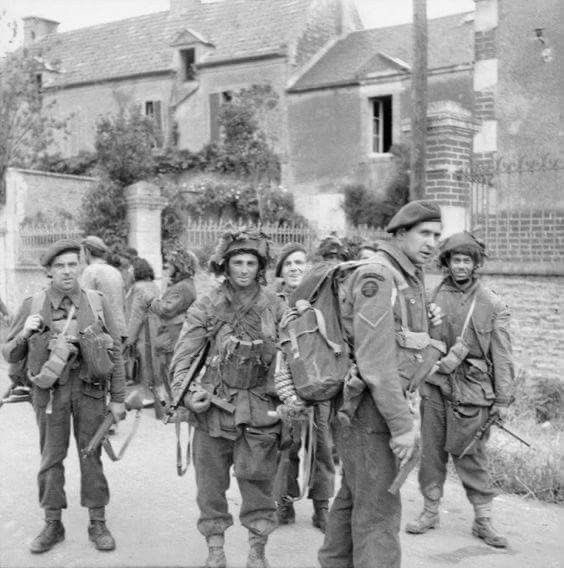 - No. 4 Commando during Op Overlord, linking up at Benoville with the 6AB.)" title="The Commandos of the Second World War brought a new type of capability and would be used for many Operations such as Chariot, Jubilee and Overlord, just to name three well known actions. (https://abs.twimg.com/emoji/v2/... draggable="false" alt="📸" title="Camera with flash" aria-label="Emoji: Camera with flash">- No. 4 Commando during Op Overlord, linking up at Benoville with the 6AB.)" class="img-responsive" style="max-width:100%;"/>
- No. 4 Commando during Op Overlord, linking up at Benoville with the 6AB.)" title="The Commandos of the Second World War brought a new type of capability and would be used for many Operations such as Chariot, Jubilee and Overlord, just to name three well known actions. (https://abs.twimg.com/emoji/v2/... draggable="false" alt="📸" title="Camera with flash" aria-label="Emoji: Camera with flash">- No. 4 Commando during Op Overlord, linking up at Benoville with the 6AB.)" class="img-responsive" style="max-width:100%;"/>
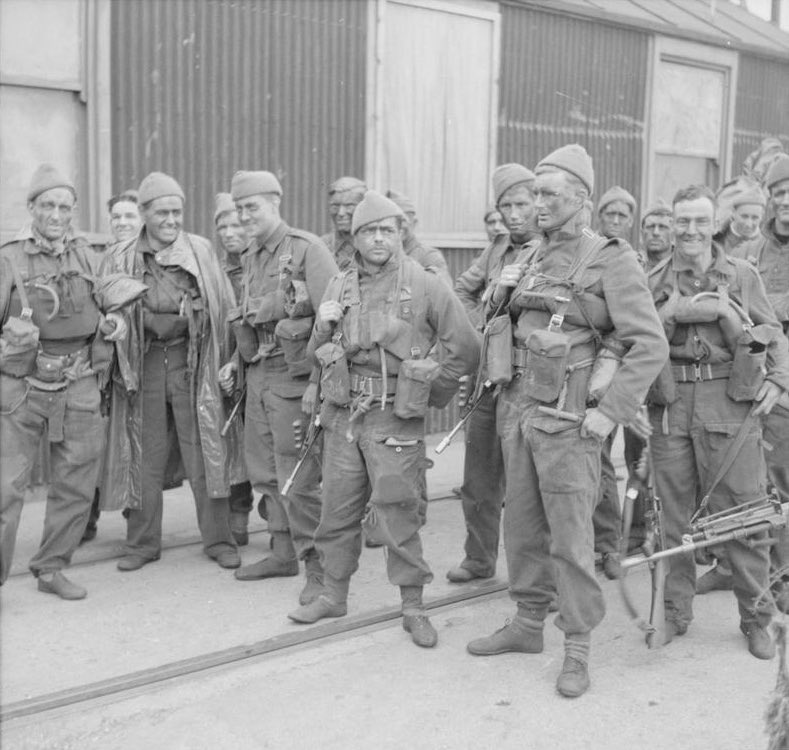 - Commandos after Op Abercrombie, April ‘42)" title="With the Commandos being formed days after the fall of France, Churchill’s concept of a butcher and bolt approach would be trailed over early operations, with many of these having none or little impact. (https://abs.twimg.com/emoji/v2/... draggable="false" alt="📸" title="Camera with flash" aria-label="Emoji: Camera with flash">- Commandos after Op Abercrombie, April ‘42)" class="img-responsive" style="max-width:100%;"/>
- Commandos after Op Abercrombie, April ‘42)" title="With the Commandos being formed days after the fall of France, Churchill’s concept of a butcher and bolt approach would be trailed over early operations, with many of these having none or little impact. (https://abs.twimg.com/emoji/v2/... draggable="false" alt="📸" title="Camera with flash" aria-label="Emoji: Camera with flash">- Commandos after Op Abercrombie, April ‘42)" class="img-responsive" style="max-width:100%;"/>

